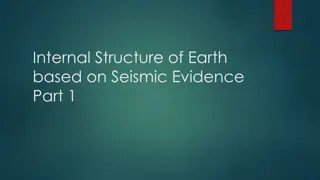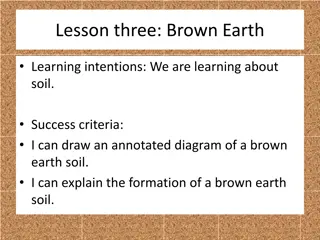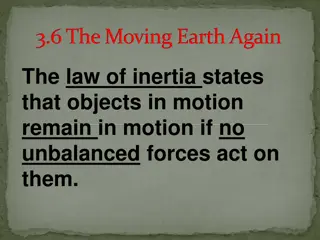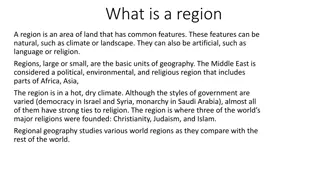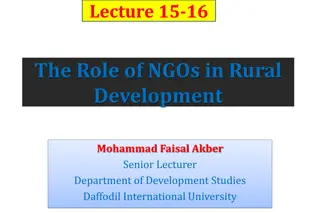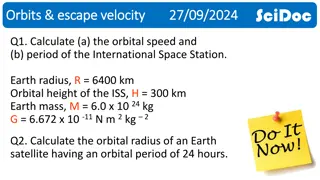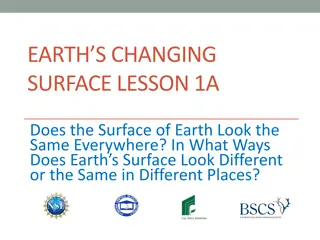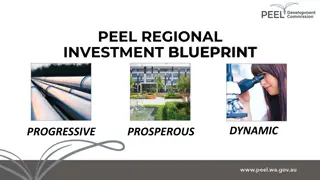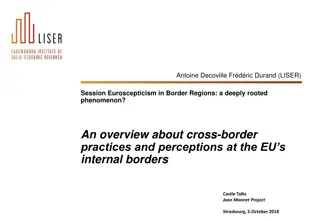Overview of Sparsely Populated Regions on Earth
Sparsely populated regions, such as deserts, dry lands, wet lands, and cold lands, are areas with harsh conditions that are not suitable for extensive human settlement. The ecumene, the portion of the Earth's surface where permanent human settlement is possible, has expanded over time, but only a small percentage of the world's population resides in these challenging environments. Deserts lack sufficient water for agriculture but hold valuable resources like oil, while wet lands near the equator face challenges due to high rainfall. Cold lands near the poles are covered in ice or permafrost, making them inhospitable for most forms of life.
Download Presentation

Please find below an Image/Link to download the presentation.
The content on the website is provided AS IS for your information and personal use only. It may not be sold, licensed, or shared on other websites without obtaining consent from the author.If you encounter any issues during the download, it is possible that the publisher has removed the file from their server.
You are allowed to download the files provided on this website for personal or commercial use, subject to the condition that they are used lawfully. All files are the property of their respective owners.
The content on the website is provided AS IS for your information and personal use only. It may not be sold, licensed, or shared on other websites without obtaining consent from the author.
E N D
Presentation Transcript
Wednesday Oct. 6th Have your homework Key Issue 1 packet ready Textbook open to Key Issue 1 Calculator if you have one
Few people live in regions that are: Too dry Too wet Too cold Too mountainous
Ecumene: portion of Earths surface occupied by permanent human settlement
Areas considered too harsh to live in has diminished over time as the Earth becomes more populated = ecumene has increased of the world s population live on only 5% of the Earth s surface
Dry Lands Areas too dry to farm cover 20% of the Earth s land surface 2 largest desert regions in the world: 1. Northern Hemisphere- 15 and 50 north latitude 2. Southern Hemisphere- 20 and 50 south latitude Largest desert region- N. Africa to Southwest and Central Asia- Sahara, Arabian, Thar, Takla Makan, Gobi deserts A smaller desert region comprises much of Australia
Deserts Usually lack enough water to grow crops to feed a large population Some people adapt by raising animals (camels) Constructing irrigation systems, allows people to grow some crops Deserts have much of the world s oil reserves= increasing demand for people to live closer (work)
Wet lands Land that receives high levels of rain may also be inhospitable for human living Located primarily near the equator 20 north and south latitude in South America, Central Africa, Southeast Asia Rainfall averages 50 inches/year Rain and heat takes away nutrients from the soil from the soil = agriculture
Land near the North and South poles is constantly covered with ice or the ground is permanently frozen (permafrost) Small annual snowfall accumulates onto thick ice Few animals can survive the extreme cold Cold Lands
High Lands High elevation Example: Half of Switzerland s land is more than 3,300 feet above sea level & only 5 % of the country live there
Exemptions: some may prefer higher lands if temperatures and weather are uncomfortably high at lower elevations






